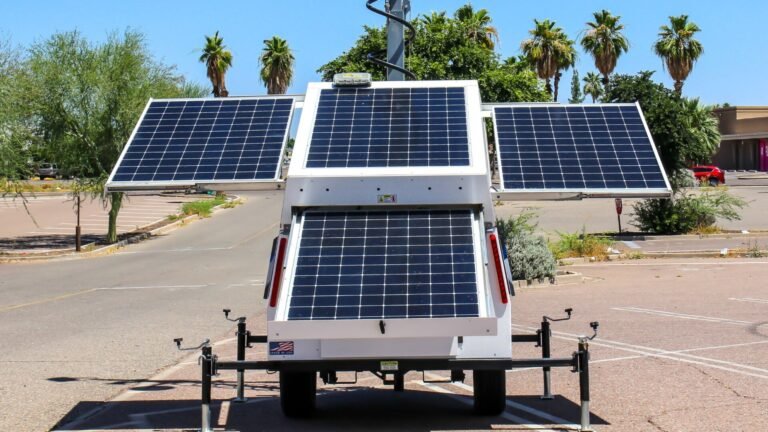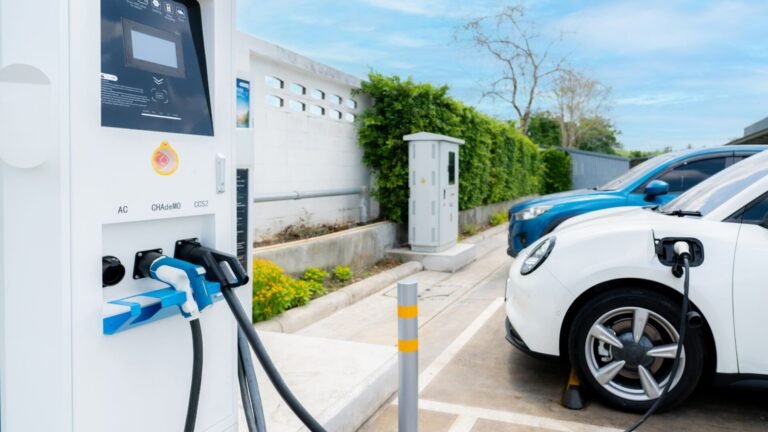As we move towards 2024, the shift towards renewable energy sources is accelerating, with solar energy at the forefront of this transformation.
Despite its rapid growth and promising future, the solar industry faces significant challenges that could shape its trajectory in the coming years.
This blog delves into the top challenges outlined under the theme Solar Energy Challenges 2024, examining the hurdles this vital industry must overcome to continue its path toward sustainability and widespread adoption.
1. Economic and Financial Barriers
One of the primary Solar Energy Challenges in 2024 revolves around the economic and financial aspects of solar power.
While the cost of solar panels has decreased significantly over the past decade, the initial installation and setup costs still pose a significant barrier for many homeowners and businesses.
Furthermore, the variability in subsidy schemes and financial incentives across different regions can either propel or hinder the adoption rates of solar technology.
Investors and consumers alike require stability in economic policies to commit to long-term investments in solar energy.
2. Technological Advancements and Efficiency
Although solar panel technology has made considerable strides in efficiency and durability, there remains a pressing need for continuous technological innovation.
Current solar panels convert only a fraction of the solar energy they receive into electricity. Enhancing the efficiency of photovoltaic cells is crucial to maximizing the output of solar installations and reducing the overall cost per kilowatt-hour of solar energy.
As we approach 2024, the pressure mounts for breakthroughs in technology that can significantly boost the efficiency rates of solar panels.
3. Storage Solutions
Energy storage is a critical component of the Solar Energy Challenges 2024. Solar energy is inherently intermittent, producing electricity only when the sun is shining.
This creates a mismatch between energy production and consumption patterns. The development of cost-effective, high-capacity energy storage systems is essential to ensure a steady and reliable supply of solar power, regardless of weather conditions.
Innovations in battery technology, such as advancements in lithium-ion batteries or alternative chemistries like solid-state batteries, could provide the breakthrough needed to solve the storage challenge.
4. Regulatory and Policy Framework
The regulatory landscape for solar energy varies significantly across different countries and regions, impacting the ease and feasibility of solar projects. Inconsistent permitting processes, zoning laws, and grid access policies can complicate the deployment of solar systems.
For solar energy to flourish in 2024 and beyond, streamlined regulations and supportive policies are necessary.
Governments need to create clear, consistent policies that encourage the adoption of solar energy while balancing the interests of all stakeholders involved.
5. Grid Integration
Integrating solar energy into the existing power grid poses substantial technical and economic challenges.
The traditional grid was designed for centralized power sources, not for intermittent, distributed generators like solar panels.
Upgrading the grid infrastructure to handle the variability and decentralized nature of solar power is essential.
This includes improving grid flexibility through technologies such as smart grids and demand response systems, which can dynamically balance the supply and demand of electricity.
6. Environmental and Social Impact
While solar energy is a clean alternative to fossil fuels, the production and disposal of solar panels can have environmental impacts.
The lifecycle of solar panels—from manufacturing to disposal—needs careful management to minimize its environmental footprint. Additionally, large-scale solar farms require significant land areas, which can lead to land use conflicts and ecological disturbances.
Addressing these environmental and social issues is crucial for the sustainable expansion of solar energy.
7. Market Penetration and Public Perception
Despite its benefits, solar energy still faces skepticism and resistance from various sectors of society. Misinformation and the lack of awareness about the advantages and potential of solar energy can hinder its market penetration.
Educational campaigns and transparent communication about the economic and environmental benefits of solar energy are vital to changing public perception and encouraging wider adoption.
Conclusion
As we look to 2024 and beyond, addressing these Solar Energy Challenges 2024 will be crucial for the continued growth and success of the solar industry.
Overcoming these hurdles requires a coordinated effort from governments, businesses, and the public. By tackling these challenges head-on, we can unlock the full potential of solar energy as a cornerstone of our sustainable energy future.





